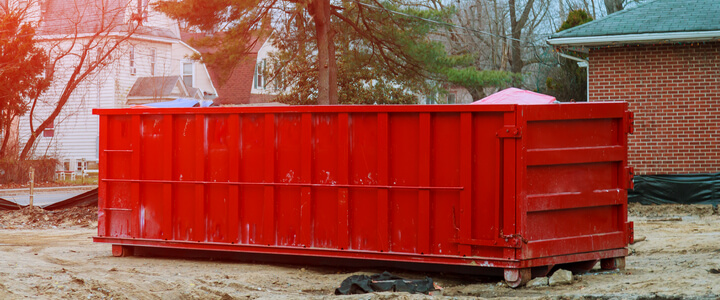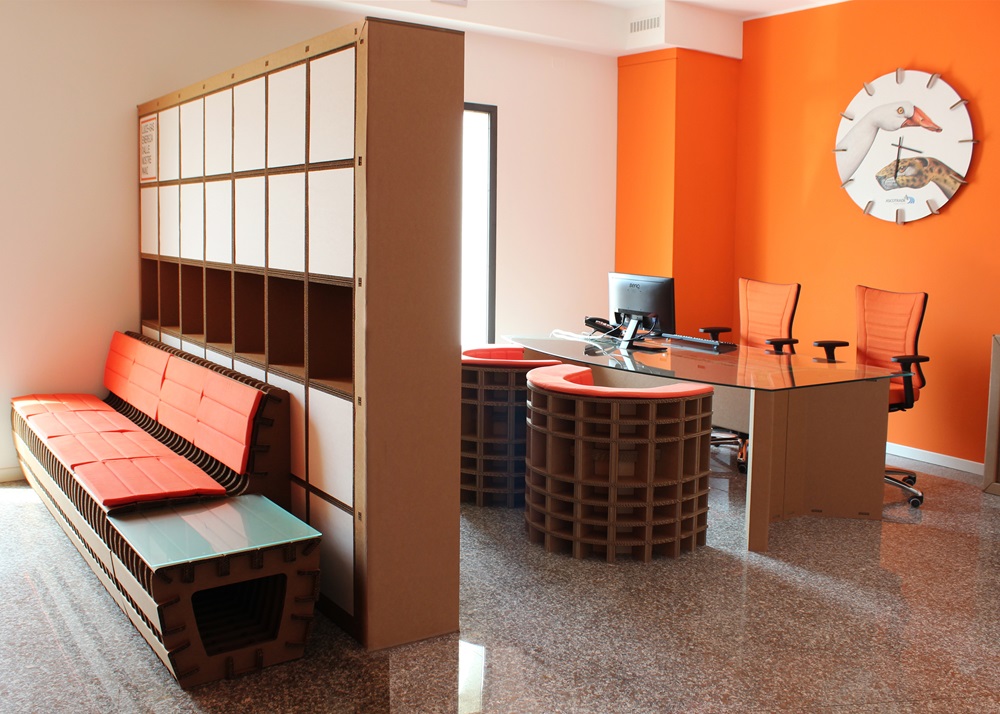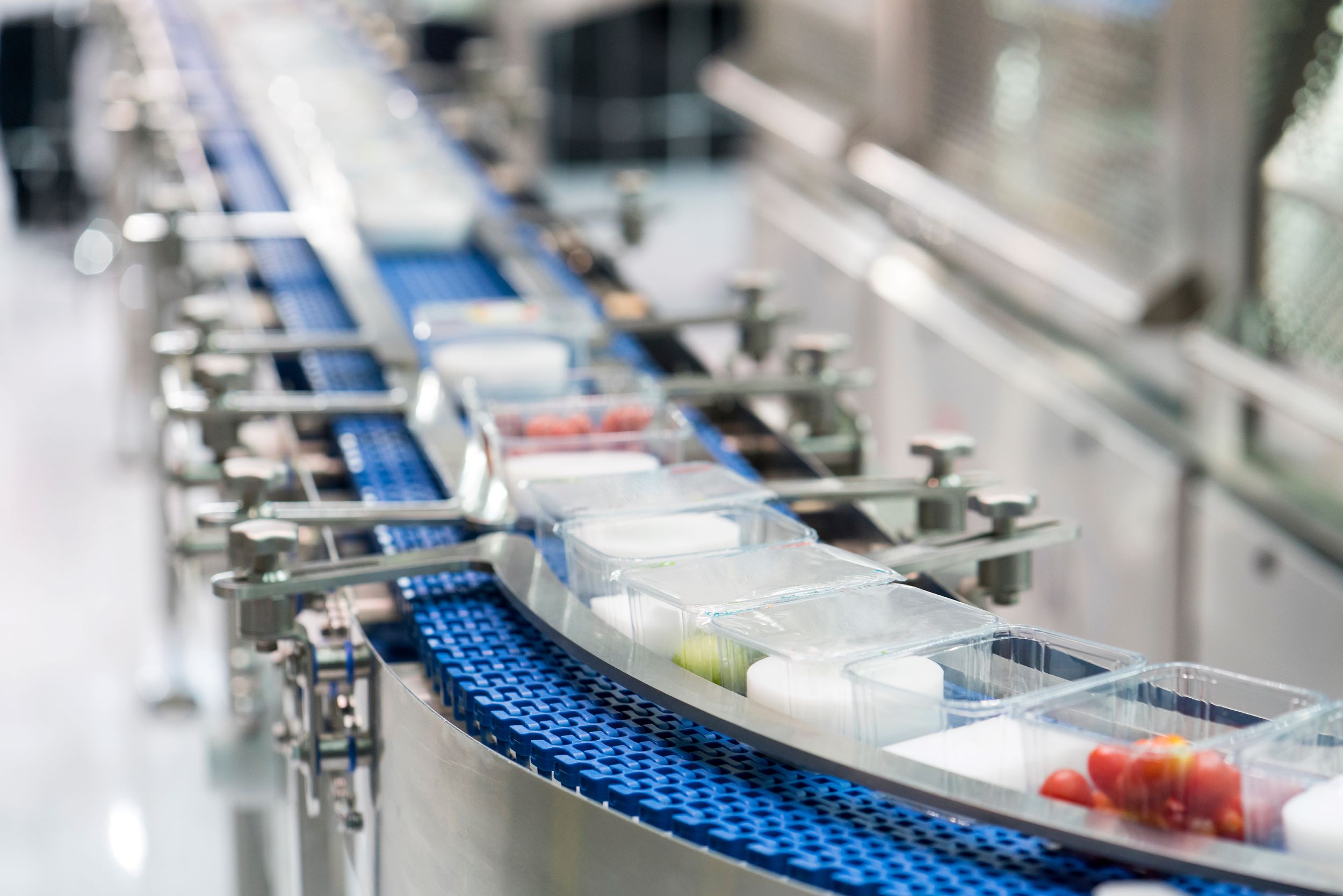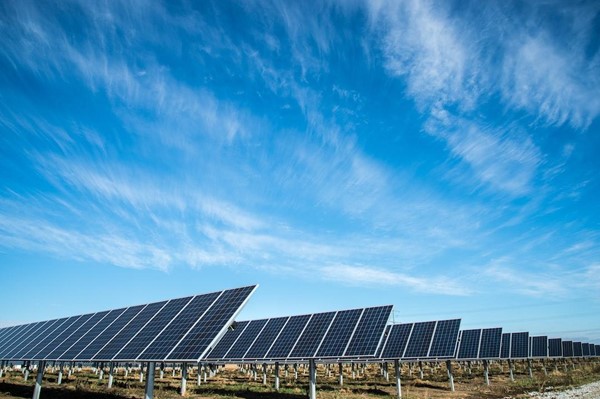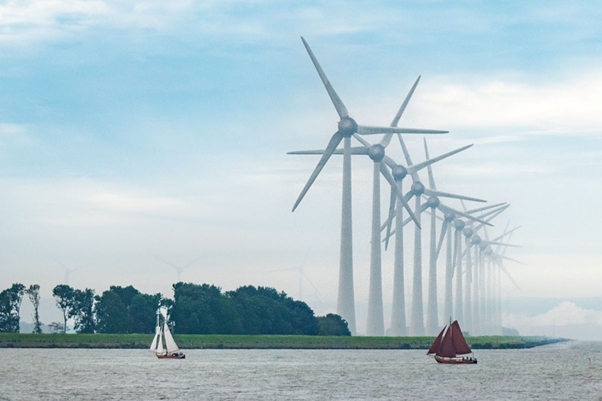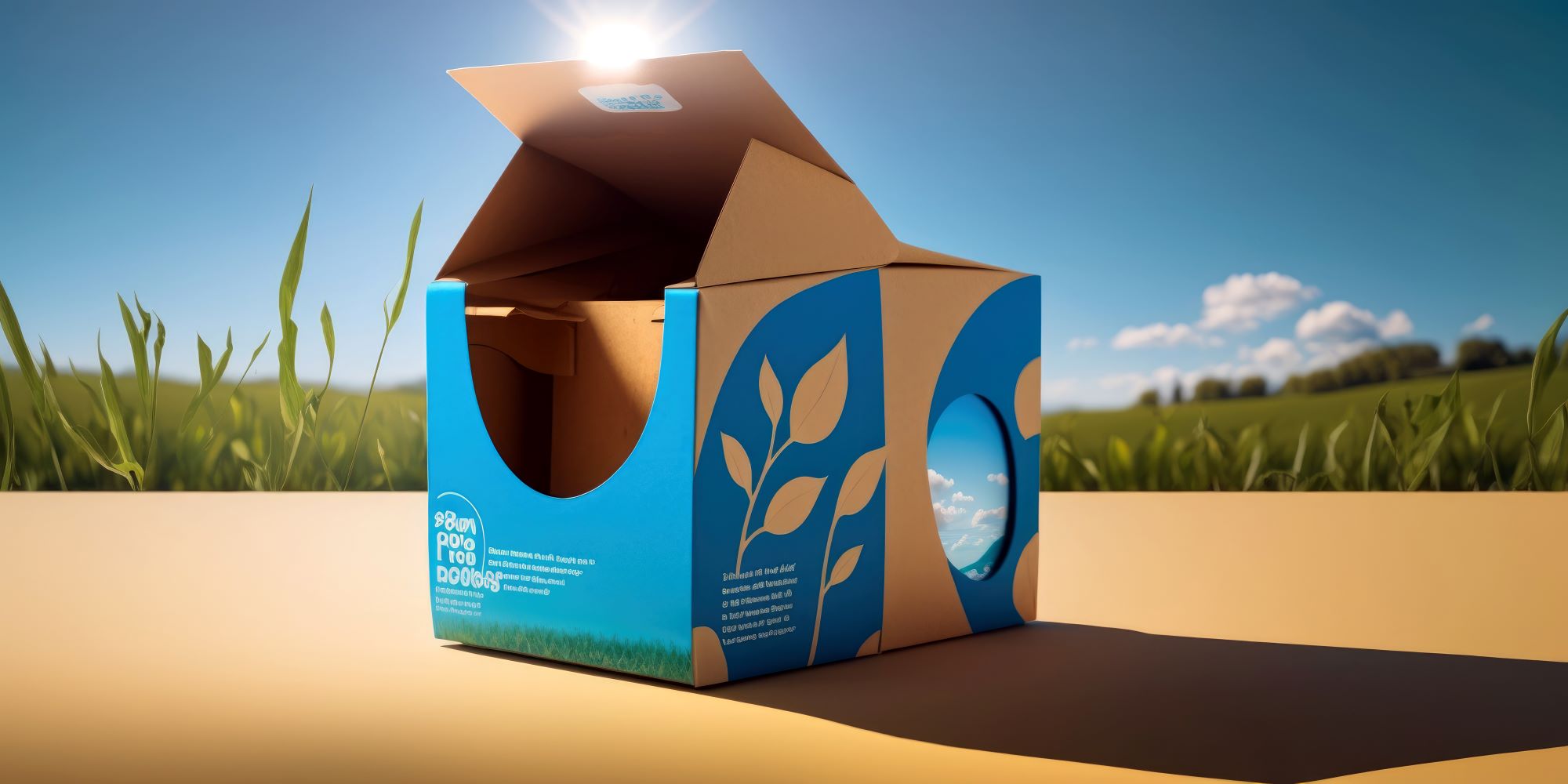What can the UK learn from how one Canadian city stores wind farm energy surplus?
Wind power is regularly criticized as an unreliable source of sustainable energy… but what if the power generated is stored and integrated into a smart grid system?
The City of Summerside, on Canada’s Prince Edward Island, has developed a highly sustainable way to store and use excess wind farm energy which is benefiting the entire local economy, as well as offering a template of lower bills and greater energy security for other communities in an era of uncertainty and rising costs for fossil fuels.
This is one step in its plans to go 100% reliant on sustainable sources within the next few years.
After building its own wind farm, originally designed to meet approximately one quarter of the city’s total energy requirements, the City of Summerside wanted to ensure its residents benefitted from every green megawatt it generated.
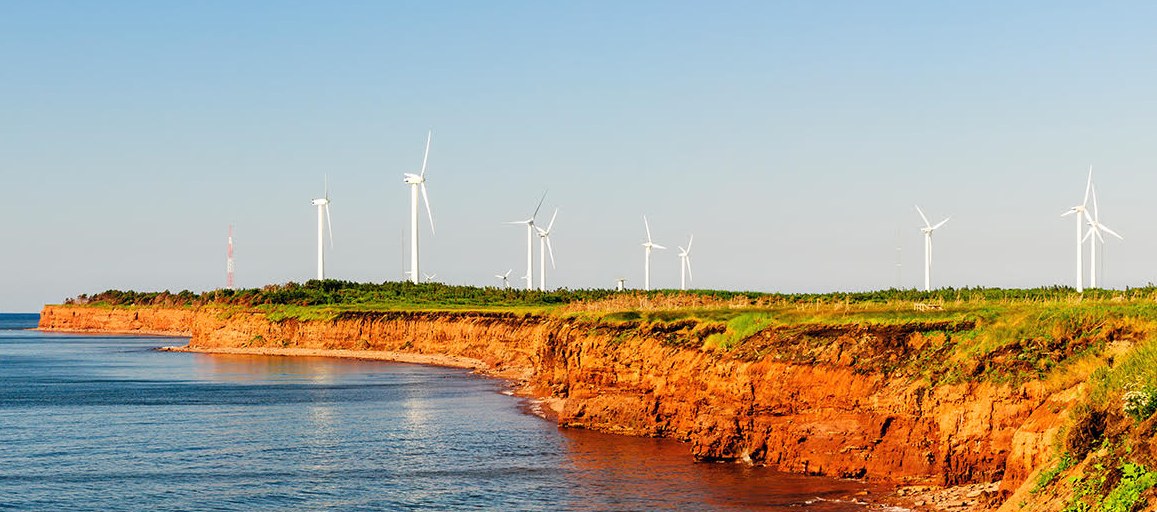
As with every wind farm, the intermittent generation of energy means that at times there is a surplus. Without storage capacity, the city could only sell the excess energy at a low price on the open market.
To address that, the City developed a “Heat for Less Now” program that makes maximum use of that surplus – by storing it for later use by the community. Under the program, residents and business owners buy special appliances—such as furnaces or hot water heaters—with electric thermal storage.
The city’s smart grid system detects extra energy and transmits it to the appliances. Program users receive a guarantee they will never run out of heat or hot water and the savings from not using oil will cover the cost of an appliance in less than five years.
The city’s energy exports have dropped from 8,500 MWH to 2,615 MWH per year under the program which means that almost 6,000 MWH additional worth of power is being used locally. Overall, the program reduces costs for local consumers, cuts oil consumption, boosts utility efficiency and promotes the city’s green agenda.
The program has also left an impressive legacy of high-tech infrastructure. Selling the wind power within the community has helped the city to pay for the fibre optic network used for electrical communications. This fibre optic network has modernized the utility for other developments, such as solar panel interfacing.
The network also provides endless opportunities under the city’s Living Lab—since the city and its entrepreneurial partners now have a communications network they can use to design and test products for use across the globe.
“The ‘Heat for Less Now’ program is just one more example of how the City of Summerside has looked at the integrated, long-term solutions needed to make us not only self-sufficient in energy use, but also a global test bed for green energy technology,” says Mike Thususka, the City’s Director of Economic Development.
“We know that wind energy can provide us with a significant part of our energy requirements, but adding storage capacity has allowed us to absorb all of the energy generated domestically and add significantly to our energy security at a time of global uncertainty.
Critically, all of the benefits accrued are going straight to our local residents and businesses – everyone in Summerside has a stake in our success.”

How Summerside is pioneering a community-led cleantech revolution
Summerside is looking to form more international business and technology exchange partnerships as well as share its experiences with other organisations and communities.
Summerside has made itself a home for a host of cleantech businesses and a case study for smart grids, information technology and adaptive technologies, advancing innovation in a range of fields crucial to the planet’s future.
Specific advantages for cleantech businesses establishing a base there include:
- City of Summerside is the cleantech centre at heart of Canada’s “Green Province”;
- An established support infrastructure which makes it a testbed for trialling renewable energy sources;
- A “Living Lab” testbed and “Xchange Accelerator” which gives innovators a kickstart to their ambitions;
- Government takes an active lead by testing innovations, collaborating with the private sector, providing competitive incentives and offering space at the island’s world-class eco-business park.
- The City offers a gateway into the North American market.
Within the next few years, it’s planned that 100% of the city’s energy will be coming from renewable sources; and with a municipally-owned electric utility readily available to trial innovations, Summerside has made itself a go-to-market partner for testing, validating and commercializing clean technologies.

